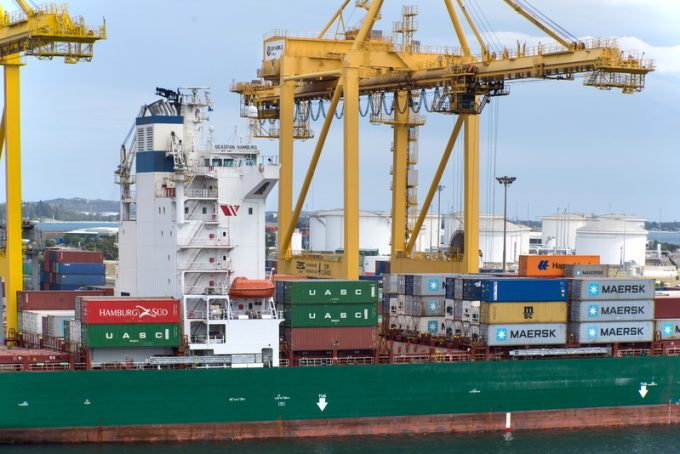Cabotage the sticking point as Australia's strategic fleet row heats up
The International Transport Workers’ Federation (ITF) has condemned liner lobby group Shipping Australia’s (SAL) opposition ...

Competition authorities in Australia have opened a joint investigation into box terminal and shipping line operators, as freight rates have soared during the past 20 months.
Carrier association Shipping Australia (SAL) has welcomed the investigation by the Australian Competition and Consumer Commission (ACCC), and says the ...

Comment on this article